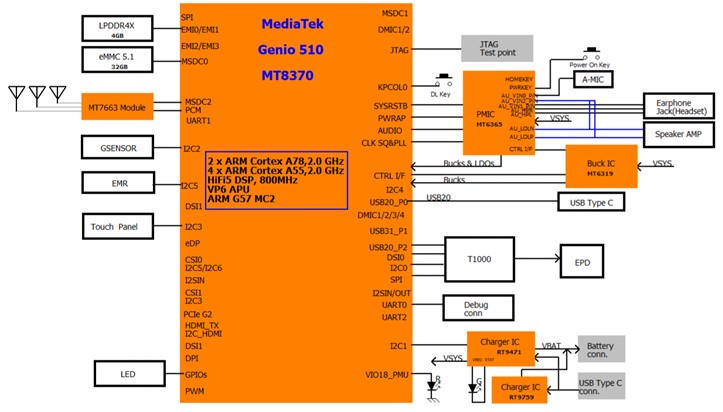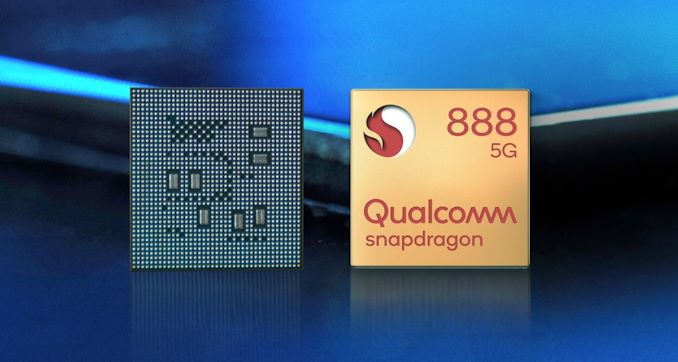The advantages of an e-book reader are portability and storage space. Compared with traditional paper books, e-book readers can store thousands of books, and they are lightweight, small in size, and easy to carry. Whether you're on the go or on your daily commute, you can enjoy reading anytime, anywhere.
An e-book reader has the advantage of a reading experience. E-ink screen technology makes the reading experience close to that of a paper book without causing harm to the eyes. In addition, e-book readers also provide a variety of fonts, brightness, backlight and other personalized settings to meet the reading needs of different users.
E-book readers are packed with efficient and convenient features. Users can search, purchase and download tens of thousands of e-books online through the e-book reader, and personal information such as reading progress and notes can be synchronized in the cloud, seamlessly switching between different devices, so that users can read anytime, anywhere.
E-book readers have a wide range of applications in the field of education and learning. Students can access academic resources such as textbooks, reference books, and journals through e-book readers, making it convenient and quick to learn. At the same time, the e-book reader also supports learning functions such as annotation and emphasis, which helps to improve learning efficiency and facilitate knowledge management.
To sum up, e-book readers have been widely used in various scenarios due to their portability, storage space, reading experience, efficient and convenient functions, and have become an important tool for modern people to pursue knowledge and enjoy reading.
►Scenario application diagram

►Product Entity Diagram

千图网
►Photos of display boards


►Scenario block diagram

►Functional block diagram of the MT8370 chip

►MMD Layout Dimensional Drawing

►Core technical advantages
The MediaTek Genio 510 IoT Applications Processor (MT8370) is a highly integrated, powerful platform designed for a wide range of Artificial Intelligence (AI) and Internet of Things (IoT) use cases that require high-performance edge processing, advanced multimedia and connectivity capabilities, multiple high-resolution cameras, connected touchscreen displays, and the use of a multitasking advanced operating system (HLO). This powerful six-core applications processor combines the high-performance Cortex-A78 with the energy-efficient Cortex-A55 core with Arm Neon ™ engine and is powered by Arm®DynamIQ™ technology.
MT8370 to support OpenOS as well as demanding applications such as web browsing, email, and gaming. The content can be enhanced with a 2D/3D graphics accelerator (ARM Mali-G57 MC2 GPU) and then displayed on a high-resolution touchscreen display. To provide advanced multimedia applications and services, such as audio and video streaming, the device features a multi-standard video encoder and decoder engine as well as an advanced audio subsystem.
The AI Processor Unit (APU) supports deep learning, neural network (NN) acceleration, and computer vision (CV) applications. The latter, combined with up to a 32MP camera, can perform AI vision functions such as facial recognition, object recognition, scene analysis, optical character recognition, and more clearly and accurately. The MediaTek MT8370 is further enhanced by a wide range of interfaces, connectivity, flexible storage, and memory options, and provides product designers with customization freedom.
►Solution specifications
• Leading 6nm chip design
• Six-core CPU
o Dual-core Arm® Cortex-A78® processor, operating frequency up to 2GHz;
o Quad-core Arm Cortex-A55 processor, operating frequency up to 2GHz;
• Up to 8GB of quad-channel memory
• Integrated Mali-G57 GPU with dual display and AV1/H.265/H.264 codecs
• Single-core AI processor unit (APU) CadSense®
• Tensilica®VP6 processor with AI Accelerator (AIA)
• Single-core Cadence HiFi 5 audio engine DSP
• Image processing
o 32MP (at 30fps) for single-camera capture
o 16MP + 16MP (at 30fps) for dual-camera capture
• Display output, support FHD60 + 4K60 resolution
•Video
o 4K encoding (at 30 fps) with HEVC/H.264
o 4K decoding (60fps, AV1/VP9/HEVC/H.264)
• Flexible, high-speed I/O interface with support for WiFi-6 and 5G Sub-6 modules
• I/O support
o 1 x PCIe Gen 2
o 1 x USB 3.1
o 2 x USB 2.0 OTG/host
o 1 x Gigabit Ethernet MAC
• Support Android/Linux Yocto/Ubuntu OS
• Temperature range: -20~95°C Tj / -40~105°C Tj
• MFC-VFBGA package
• RoHS compliant
Other

What is HBM (High Bandwidth Memory)?
2024.09.05

What is Antenna Tuner IC?
2024.09.20

What’s the Difference between LPDDR and DDR?
2024.09.25

Snapdragon 888 5G Mobile Platform
2024.09.26

What is WiFi 6E?
2024.09.26

What is Bluetooth Audio SoC?
2024.09.26

What's HBM3E (High Bandwidth Memory 3)?
2024.09.26

What is an Audio Codec?
2024.10.09





